NRAO eNews
Volume Vol#, Issue Iss#
Day# Month# Year#
NRAO eNews
Volume Vol#, Issue Iss# • Day# Month# Year#

Upcoming Events

Jansky Lecture: Prof. Luis F. Rodriguez
Nov 17, 2021 | Virtual

Jansky Lecture: Prof. Luis F. Rodriguez
Nov 19, 2021 | Virtual

37th Annual New Mexico Symposium
Nov 19, 2021 | Virtual

NRAO Town Hall
Jan 11, 2022 | Salt Lake City, UT

ALMA Special Session: ALMA Status & Plans for Increased Capability
Jan 13, 2022 | Salt Lake City, UT

ngVLA Special Session: Chemical Probes of Astrophysical Systems
Jan 13, 2022 | Salt Lake City, UT
ngVLA Project News
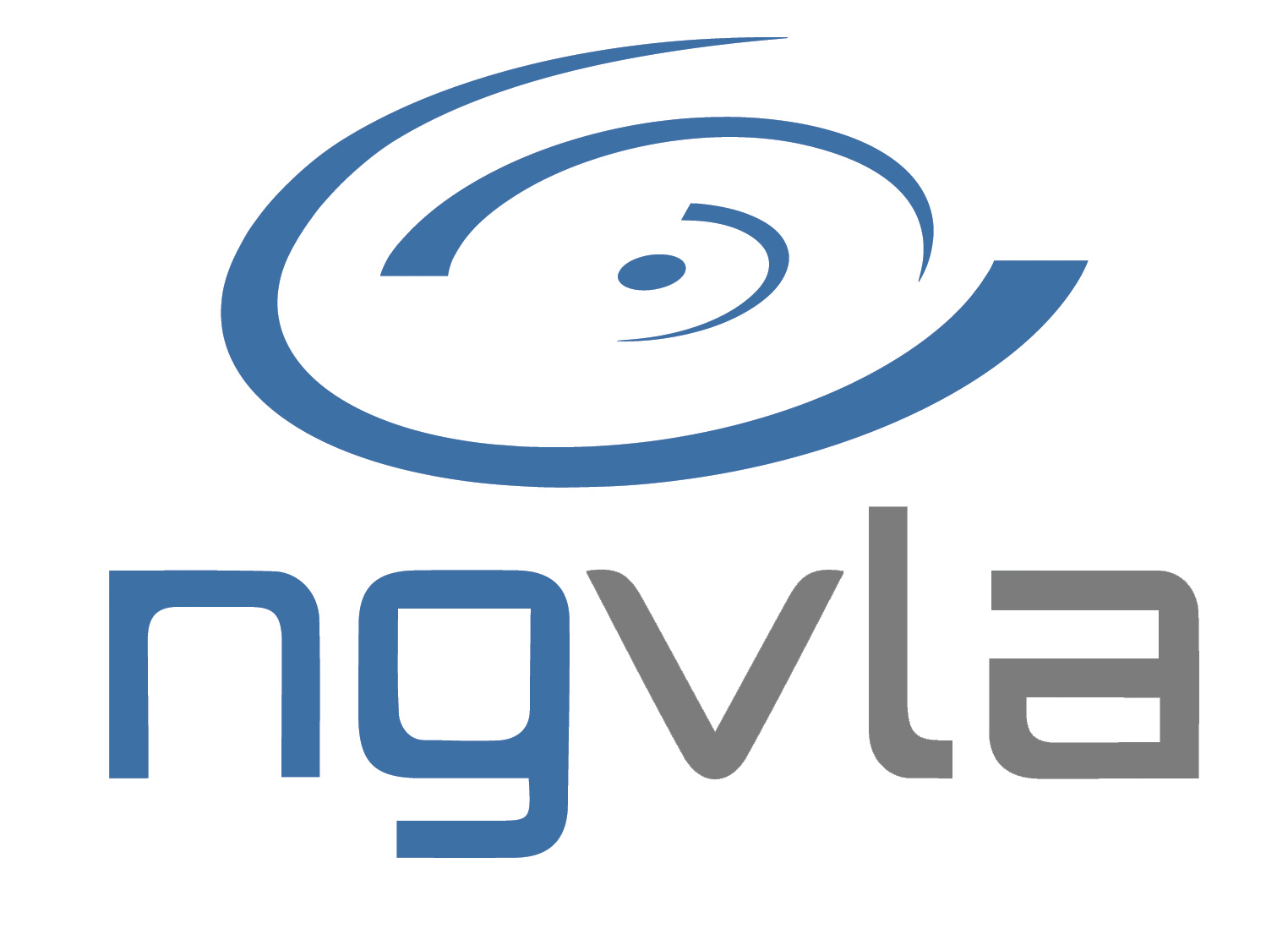
Computational Astrophysics in the ngVLA Era: Synergistic Simulations,Theory, and Observations
We are happy to announce this new science conference, jointly sponsored by the Flatiron Institute Center for Computational Astrophysics and the next-generation Very Large Array (ngVLA) Project.
The conference will be held 7-9 June 2022 at the Flatiron Institute, New York, NY. It will bring together theoreticians, modelers, and observers to discuss the computational astrophysics and observational challenges for the next generation of observatories, focusing on the ngVLA. The conference will emphasize the formation of planetary systems, the evolution of galaxies, and the electromagnetic counterparts of gravitational wave events, all fertile grounds for discovery in the next decades and core science goals for the ngVLA.
Online registration and abstract submission will open later in the Fall.
ngVLA Special Session: Chemical Probes of Astrophysical Systems
The NRAO and the ngVLA Project will convene a Special Session titled Chemical Probes of Astrophysical Systems on 13 January 2022 at the winter American Astronomical Society meeting in Salt Lake City, Utah.
This Special Session will highlight recent scientific breakthroughs in astrochemistry. It will feature invited oral presentations and contributed poster presentations. Posters are welcomed. Abstracts are due 29 October 2021. If you will attend in person, plan for a printed poster and select Chemical Probes of Astrophysical Systems when you submit your abstract. If you will attend remotely, plan for an iPoster and make a sorting request that your abstract be placed in the iPoster Session on Chemical Probes of Astrophysical Systems. Special Session presenters are also eligible to present elsewhere at the meeting.
ngVLA presenation templates have been updated and are available from the ngVLA Tools & Materials webpage.
A Radio Continuum Measurement of Cosmic Star Formation
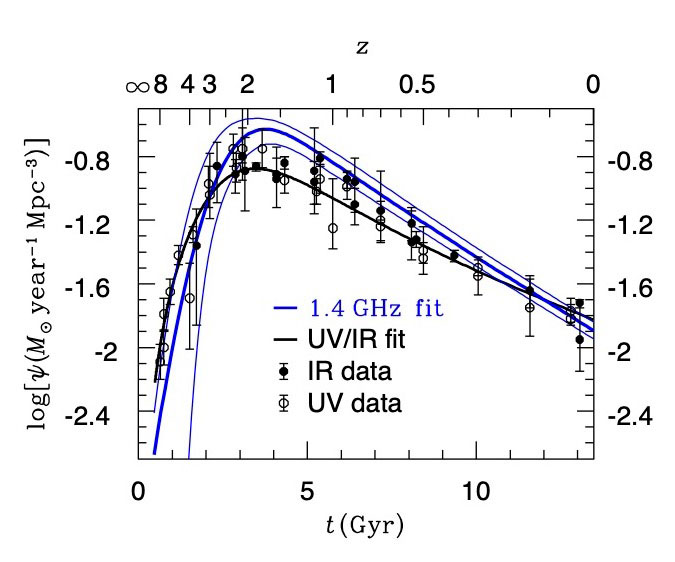
The evolutionary model for the SFRD psi determined from radio continuum observations (thick blue curve) is higher than that derived from UV/IR data (black curve: Madau & Dickinson (2014). The open and filled data points are measurements of the SFRD psi at age t of the universe from UV and IR data, respectively. Credit: Matthews et al. 2021b.
[click to enlarge]
The era called "cosmic noon" at z ~ 2 marked the peak of star-formation activity. UV and IR measurements of the star-formation rate density (SFRD) at higher redshifts are dependent on uncertain corrections for dust attenuation. Radio surveys, sensitive to recent star-formation activity and entirely unaffected by dust, have long been recognized as a unique probe of star formation. Electrons are accelerated in the shocks of supernova remnants from massive, short-lived stars and produce synchrotron radiation. Through the empirical FIR/radio correlation, the synchrotron emission of a galaxy is related to its SFR. But star-forming galaxies have such low radio luminosities that sub-microJy sensitivity is needed to see past "cosmic noon".
Modern radio arrays like the MeerKAT telescope in South Africa–64 13.5m diameter low-noise dishes with unblocked apertures–are capable of reaching sub-microJy sensitivities. From the MeerKAT DEEP2 image (Mauch et al. 2020), we measured the source counts down to a 1.4 GHz flux density of 0.25 microJy using a combination of direct counts and statistical counts via the P(D) confusion distribution (Matthews et al. 2021a). This is the sensitivity needed to detect the galaxies at and beyond cosmic noon that are responsible for accumulating the bulk of the current Universe's stellar mass.
We let the current SFRD (measured from the local radio luminosity function) evolve with time in a cosmological model that predicts counts of faint sources over the history of the universe, and adjusted the evolution to match our observed source counts (Matthews et al. 2021b). The necessary luminosity and density evolution needed to match the radio source counts constrains the cosmic evolution of the SFRD. As the figure shows, our results based on the dust-unbiased radio observations predict stronger star-formation evolution than that measured by Madau & Dickinson (2014). This suggests a gap in our understanding of either: (1) how radio synchrotron emission relates to star formation, (2) the nature of dust at different redshifts, (3) both, or (4) something entirely unknown.
The ngVLA will shed new light on how galaxies built up stars over time with its increased sensitivity, particularly at higher frequencies. Our measurement of the star-formation history of the universe (SFHU) depends on the FIR/radio correlation–poorly understood theoretically–working up to z ~ 3. Even more massive stars ionize their surrounding regions (HII regions), creating a sea of ions and electrons which emit free-free emission during interactions. Free-free emission is well-understood but only dominates above ~30 GHz in the source frame. Using the ~1 km core of the ngVLA, a 40 hour observation with FWHM of 6 arcsec at Band 3 (16 GHz) will reach the flux density due to free-free emission of our evolved Galaxy at z ~ 4. A statistical analysis of the P(D) confusion distribution of such an image should detect free-free emission from the same galaxies used to measure the SFHU in Matthews et al. (2021b) but will constrain the SFHU far more directly.
Since 2015 the acronym ngVLA has appeared in 700+ publications indexed in the SAO/NASA Astrophysics Data System. This article continues a regular feature intended to showcase some of those publications. We are especially interested in showcasing work done by early-career researchers. The collection of showcase articles can be viewed online. Anyone wishing to volunteer to author a feature should contact Joan Wrobel.
VLA / VLBA Community Webinar Series
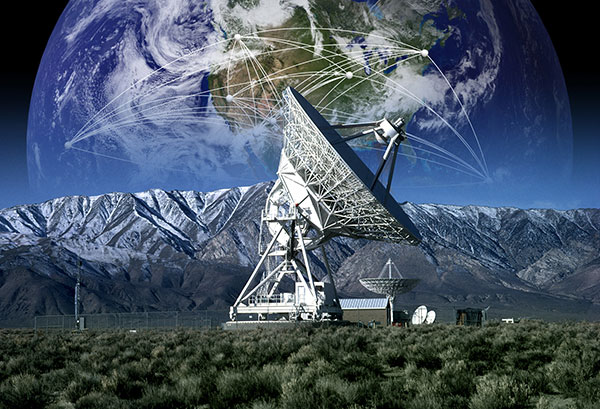
The National Radio Astronomy Observatory (NRAO) is pleased to announce a community webinar series for the coming year 2021/2022 focusing on the Very Large Array and Very Long Baseline Array, with topics related to proposing, observing, data reduction, and new developments. The intended audience for these presentations range from new to experienced observers. A program and logistics will be provided in a future eNews issue. Presentations will allow for live attendance and interaction with Observatory staff. Recordings will be made available for those that were not able to attend the live presentations. More information will be made available at the webinar page.
ALMA Program News
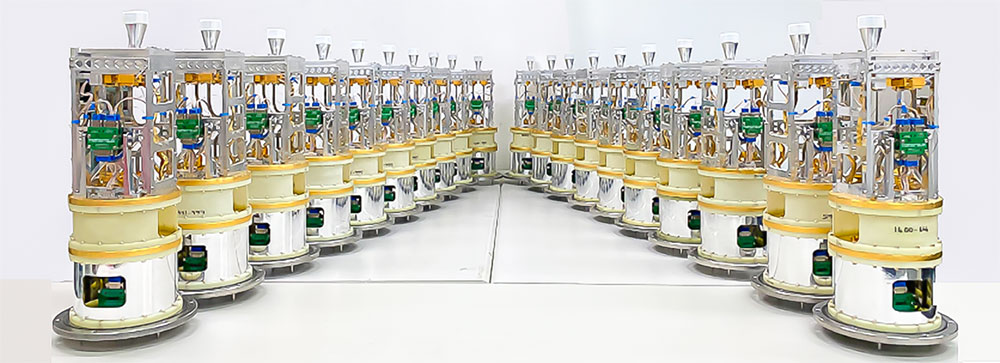
ASIAA/Yuh-Jing Hwang & ASRD
Band-1 cold cartridge assemblies at the Integration and Verification Laboratory in Taiwan
[click to enlarge]
ALMA Tenth Anniversary
Ten years ago in early October 2011, with only twelve antennas working together, a first ALMA image of the Antennae galaxies revealed a view of the Universe that cannot be observed with visible light and infrared telescopes. Since then, ALMA has attracted over ten thousand registered researchers from across the globe. As a result of the thousands of proposals submitted, over 3227 post-proprietary project datasets are available in the ALMA Archive.
Some notable ALMA achievements include:
- ALMA has imaged the structure and gas kinematics in protoplanetary disks at an angular resolution of 0.1" or finer, revealing details of protoplanetary chemistry, even detecting disks around newly-formed planets, and has traced magnetic field structure in disks through dust continuum polarization.
- ALMA has enabled measurement of central engines of galaxies, their massive black holes, from objects deep in the Era of Reionization to detailed imaging of the M87 black hole on event horizon scales.
- ALMA has detected and imaged the gas in galaxies deep within the z > 6.5 Era of Reionization–the number of redshifts from ALMA already exceeds that available from Lyα by a factor of 2, revealing the mass, composition, and kinematic properties of the earliest (proto)galaxies.
ALMA continually upgrades its capabilities. A new set of receivers covering 35-50 GHz (Band 1) is being installed on ALMA antennas and has achieved first light. With it, ALMA set a new record for the longest wavelengths visible with the radio array and has opened a window on the Universe, previously inaccessible at the telescope, thanks to an international team of engineers led by ALMA-East Asia, including engineers from NRAO. Band 2 (67-116 GHz) is in late stages of development by another international team led by ALMA-Europe. ALMA-North America has proposed an upgrade of the most-used 1.3mm band, Band 6, to increase its sensitivity and bandwidth coverage. Other upgrades, including to the correlator, are planned to accommodate these new receiver capabilities.
A Special Session at the winter American Astronomical Society meeting (13 January 2022, 2-3 p.m. MST) will describe ALMA news, capabilities, and expectations for ALMA performance and science in the next few years and plans for its upgrade in the 2030 timeframe.
ALMA Ambassadors
Applications for the 2022 ALMA Ambassadors program are now open. Graduate students, postdocs, and early career researchers are eligible to participate in leading ALMA proposal preparation and data processing training events for the North American community. Please send a completed application form and a CV to naascrec@nrao.edu no later than 27 October 2021, 5 p.m. Eastern Time.
ACA Supplemental Call
An Atacama Compact Array (ACA) Supplemental Call for Proposals in ACA stand-alone mode was released 8 September 2021, along with the opening of the archive for submission of supplemental call proposals. The deadline for the Cycle 8 2021 ACA Supplemental Call for Proposals was 6 October 2021. 182 proposals were received, to be reviewed by the distributed peer review process. A minimum 1500hr was available on each of the ACA and Total Power arrays; the ACA was oversubscribed by 3.8:1 and the TP array by 2.6 to 1.
Joint ALMA Observatory Concludes Longest Baseline Cycle 7 Observations, Commences Cycle 8
The ALMA 12-m Array has concluded Cycle 7 PI observations with both the Main and ACA Arrays. Antenna relocation from the longest baseline configuration to more compact arrays has commenced for Cycle 8 observations, which have now begun..
Robert L. Brown Outstanding Doctoral Dissertation Award
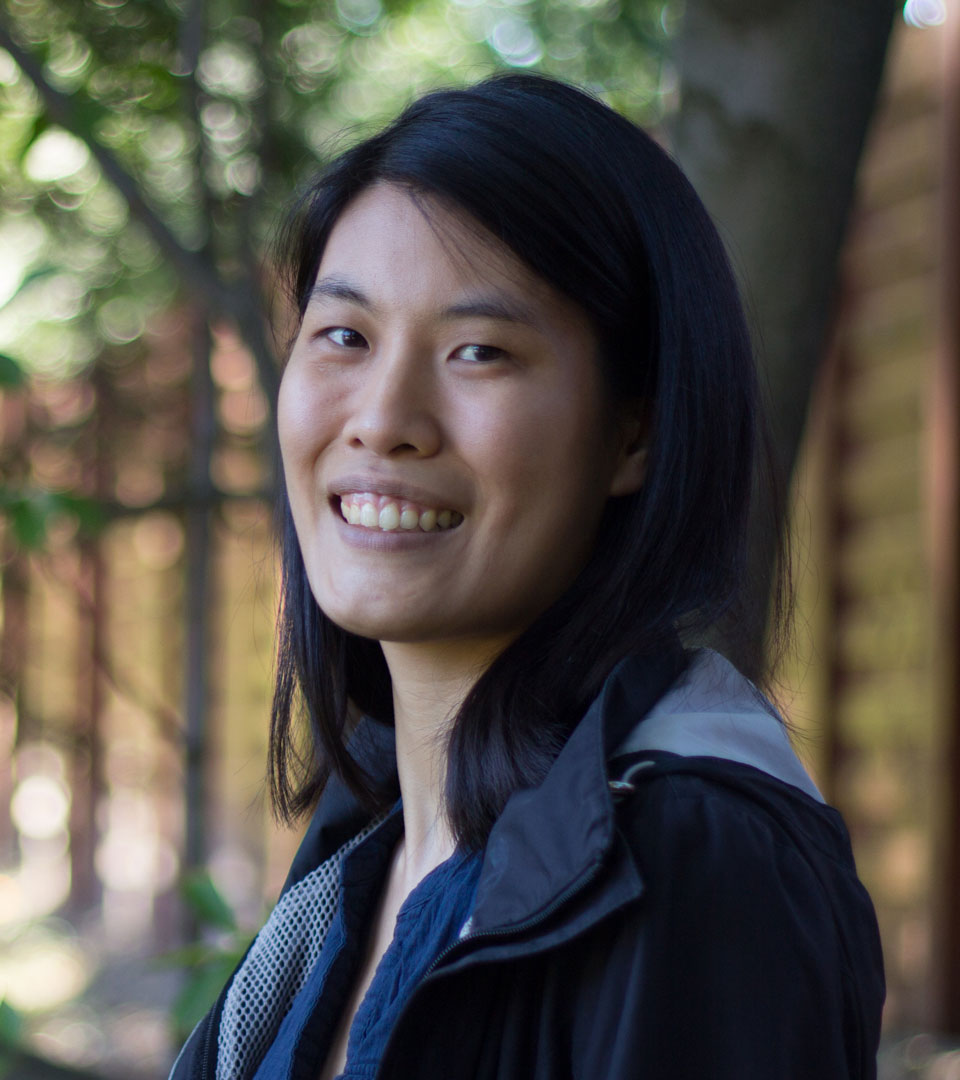
Dr. Jane Huang
[click to enlarge]
Dr. Jane Huang, currently a NASA Hubble Fellowship Program Sagan Fellow at the University of Michigan, will deliver the Robert L. Brown (RLB) Outstanding Doctoral Dissertation Lecture in Charlottesville on October 21 as part of the NRAO/UVA colloquium series. The title of her talk is “The ALMA View of Planet Formation.”
Jane received the 2020 RLB Award, for her Harvard Dissertation, that exploited ALMA’s unprecedented detail and sensitivity to trace how planets form from the smallest structures within dense dusty disks around very young stars. Together with her collaborators, she showed that the remarkable radial gas and dust sub-structures within the disks are keys to understanding the formation and chemical composition of young planets.
The Robert L. Brown Outstanding Doctoral Dissertation Award is administered by Associated Universities, Inc. (AUI) and the NRAO on behalf of Bob Brown’s friends and family to honor Bob’s life and career. The Award is given each year to a recent recipient of a doctoral degree from any recognized degree granting institution in the United States, and is substantially based on new observational data obtained at any AUI operated facility and considered to be of an exceptionally high scientific standard value and impact within and beyond the area of study.
The Award is available to degree recipients of any nationality and consists of $1,000, a framed certificate, and an invitation to give a lecture at the NRAO. To be eligible, the applicant must have successfully defended their thesis during the calendar year of the Award.
Applicants for the 2021 RLB Award should send an e-mail describing their dissertation, the date of their successful thesis defense, the date of the degree award, and the name and contact information of the primary thesis supervisor to RLBrownAward@nrao.edu. A copy of the thesis as a pdf file should be sent by e-mail to the same address or made available via a link given in the email. Published papers or papers in press, or portions thereof, based substantially on the dissertation should accompany the application. Verification of the successful thesis defense and statement that the applicant has successfully completed all university requirements for the Ph.D. should be sent directly by the appropriate university authority to RLBrownAward@nrao.edu. The deadline for receipt of applications and supporting materials for the 2021 Award is December 31, 2021.
Cycle 10 Call for Proposals: LWA Radio Observatory
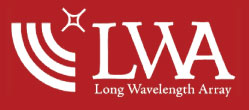
We invite applications for observing time with the Long Wavelength Array (LWA) Radio Observatory. The complete call for proposals including the required cover page is online. At this time, proposers can request observations with LWA1, LWA-SV, or an interferometry mode between the two.
LWA1 currently offers up to three independently-steerable wide-band beams. Each beam supports two independent tunings over the LWA1 frequency range from 10 to 88 MHz with a FWHM ranging from 15 to 2 degrees. Each tuning can cover up to 20 MHz bandwidth. Two all-dipole modes are also available; a transient buffer narrow (TBN), and a transient buffer wide (TBW).
LWA-SV offers up to two beams with 2 tunings of 20 MHz each. The two tunings are dependent between the beams, and thus need to be at the same frequency. In addition, two all-dipole modes are available; a transient buffer narrow (TBN) and a transient buffer frequency domain (TBF).
For the interferometer mode two beams are used at both LWA1 and LWA-SV, one-beam for calibration and the other beam for the target source. The correlation produces a fan-beam on the sky with a phase center that is affected by the ionosphere. The bandwidth available is 2 tunings of 20 MHz each. For details about the observing setup and data reduction see the online tutorial.
The deadline for application is 11:59pm MDT on November 1, 2021 and covers observations expected to occur in the 2022 calendar year. The complete call for proposals including the required and updated cover page is online. Support for operations and continuing development of the LWA is provided by the National Science Foundation under grant AST-1835400 of the MSIP program, and the Air Force Research Laboratory. We invite proposals from all communities wishing to use this instrument.
More information about the capabilities of the LWA1 can be found on the LWA web pages. An introduction to using the LWA1 is also available online.
For questions regarding this call for proposals, please email lwa@unm.edu.
Recent Media Releases
|
NACtober Showcases Research, Accomplishments of National Astronomy Consortium Participants |
|
|
ALMA Scientists Uncover the Mystery of Early Massive Galaxies Running on Empty |
|
|
IMAGE RELEASE: Moon’s Tycho Crater Revealed in Intricate Detail |
|
|
ALMA Reveals Carbon-Rich, Organic Birth Environments of Planets |
|
|
NRAO Congratulates Winners of Breakthrough Prize Awards |
From the Archives
Ellen Bouton

[click to enlarge]
About this month's photo: In the Central Development Laboratory (CDL) in Charlottesville in 1993, NRAO engineer Nancyjane Bailey, works with the dewar used to test the Superconductor-Insulator-Superconductor (SIS) receivers (the so-called "rockets") for NRAO's 12-meter telescope at Kitt Peak, AZ. Nancyjane oversaw the construction of all the rockets for the 1.3, 2, and 3mm bands on the 12-meter telescope–17 rockets in all including spares, a major accomplishment. One receiver used eight of the 230 GHz (1.3mm) rockets, and another receiver held two rockets for each of the three bands. At one point, there was an implosion of one of the dewar vacuum windows, which caused substantial damage to the internal copper heat shield and one of the rockets. The vacuum window was subsequently redesigned. All the SIS mixers for the 12-meter telescope (and later for ALMA Bands 3 and 6) were designed in the CDL by Tony Kerr and Shing-Kuo Pan and fabricated in Arthur Lichtenberger's lab at University of Virginia. Thanks to Nancyjane Bailey and Tony Kerr for caption information.
From the Archives is an ongoing series illustrating NRAO and U.S. radio astronomy history via images selected from our collections of individuals' and institutional papers. If readers have images they believe would be of interest to the Archives, please contact Ellen Bouton.

